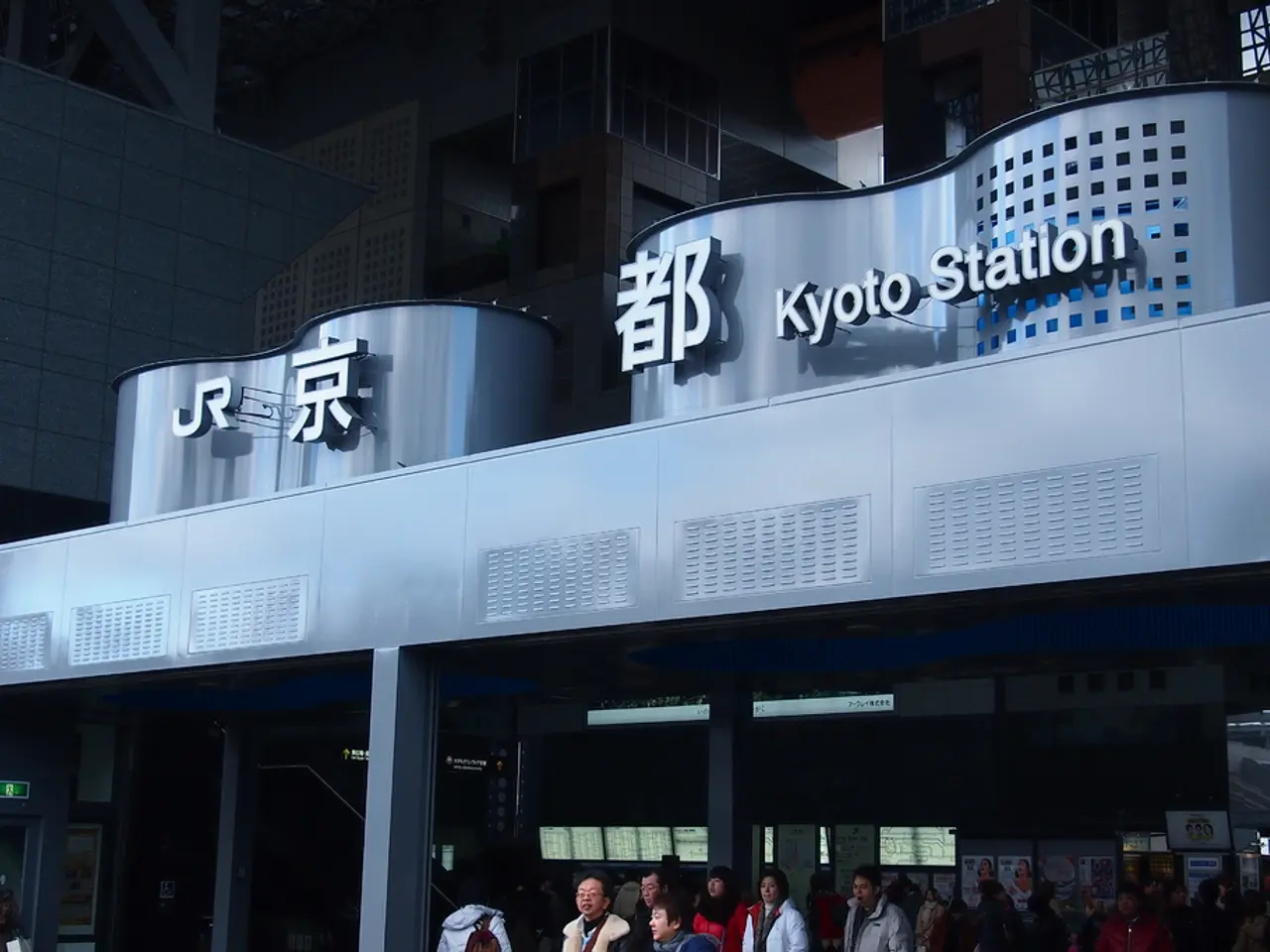Dispute Resolution Scenarios: Tenant-Landlord Discussions
In the midst of the COVID-19 pandemic, tenant-landlord negotiations in New York have evolved beyond traditional rent reductions to more intricate, mutually beneficial arrangements. These collaborative negotiations demonstrate a shared effort to maintain housing stability and landlord viability during unprecedented economic disruptions.
One notable example is the negotiation of extended or modified affordability covenants. Tenants at Hillside Villa, for instance, successfully organised rent strikes and sought political and legal support, ultimately leading to an agreement that preserved tenant affordability and housing stability amid proposed steep rent increases.
Flexible rent adjustment mechanisms have also been negotiated with small housing providers. Some jurisdictions have worked to reduce bureaucratic hurdles, enabling landlords to manage rent increases more adaptively while adhering to rent control laws. This has involved expanding financial supports such as low-interest loans for property maintenance and emergency rental assistance programs to cushion landlords from rent arrears and preserve housing stability.
Innovative long-term affordability incentives have been another key aspect of these collaborative negotiations. Some negotiations have included providing landlords with direct cash payments or tax abatements in exchange for multi-year affordability covenants to maintain rent-controlled units and discourage conversion or vacancy.
Dispute resolutions avoiding litigation have also been a common feature of these negotiations. Legal practitioners have reported cases where disputes related to leases impacted by the pandemic were resolved efficiently, minimising financial harm to both parties and preserving relationships rather than escalating to costly court battles.
Beyond flat rent reductions, collaborative negotiations have involved tailoring agreements to meet the specific needs of tenants and landlords. Deferral plans, staggered payments, and hybrid solutions involving both rent adjustments and government support have been employed to manage the financial strains on both sides.
These collaborative negotiation strategies demonstrate a flexible, multi-faceted, and cooperative approach designed to preserve housing stability and landlord viability during the pandemic. Many landlords in New York have been motivated to keep tenants in place due to the high cost of replacing them and uncertainty about how long the space will be empty.
For tenants, it is essential to research market rates before negotiating with their landlord. Tenants should also determine what their landlord values in exchange for a break on the rent. Services such as Guesst can provide a full accounting of a tenant's earnings, which can be useful during negotiations.
In conclusion, the COVID-19 pandemic has prompted innovative approaches in tenant-landlord negotiations, with a focus on collaboration, flexibility, and mutual support. These strategies not only help tenants and landlords navigate the challenging economic landscape but also foster a stronger, more resilient community.
For those interested in learning more about negotiation strategies, we recommend downloading the free special report "Negotiation Skills: Negotiation Strategies and Negotiation Techniques to Help You Become a Better Negotiator" from the Program on Negotiation at Harvard Law School.
[1] Kadet, A. (2020). The Pandemic's Impact on Commercial Leases. The Wall Street Journal. [2] New York City Department of Housing Preservation and Development. (2020). COVID-19 Rent Freeze Program. [3] Tenants of Hillside Villa Win Rent Strike, Propose Affordability Plan. (2020). The City. [4] Mack, W. (2020). Navigating Commercial Lease Disputes in the Time of COVID-19. Law360.
- In the realm of business and law, the COVID-19 pandemic has spurred unique strategies in tenant-landlord negotiations, embodying collaboration, flexibility, and mutual support.
- These negotiations have led to creative solutions such as extended or modified affordability covenants, which preserve tenant affordability and housing stability.
- Legal practitioners have seen a rise in dispute resolutions, with parties opting for out-of-court settlements instead of litigation.
- Some landlords and tenants have negotiated tailored agreements, featuring deferral plans, staggered payments, and hybrid solutions combining rent adjustments and government support.
- For tenants, it is crucial to have a solid understanding of market rates and their landlord's priorities before engaging in negotiations.
- As the community continues to adapt to economic disruptions, learning about negotiation strategies, like those offered in the free special report from the Program on Negotiation at Harvard Law School, can prove beneficial.
- While the focus has been on tenant-landlord negotiations, these collaborative and flexible approaches may find application in other areas of life, such as relationships, shopping for fashion-and-beauty items and food-and-drink, managing home-and-garden responsibilities, caring for pets, traveling, and even the purchase and maintenance of cars.




